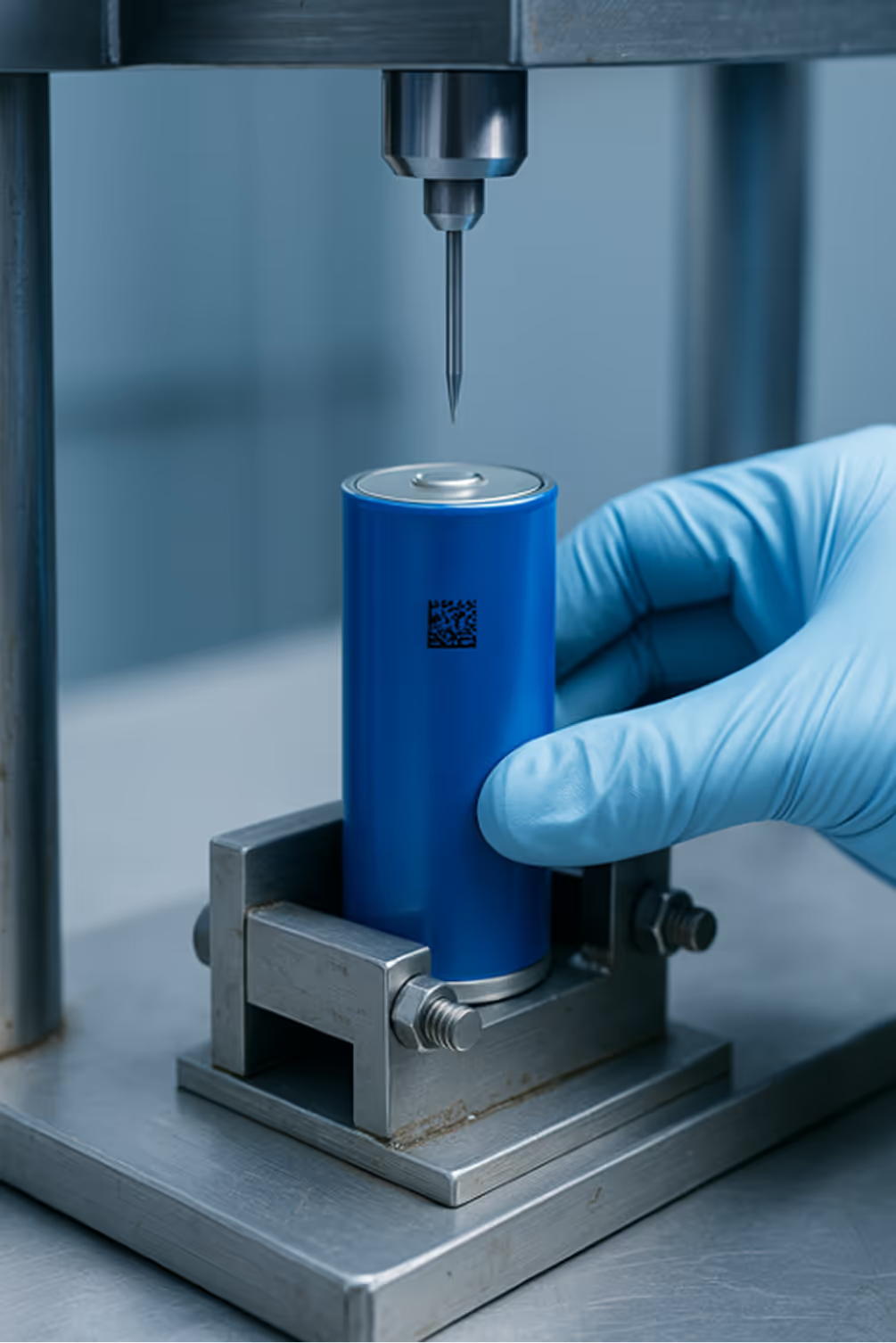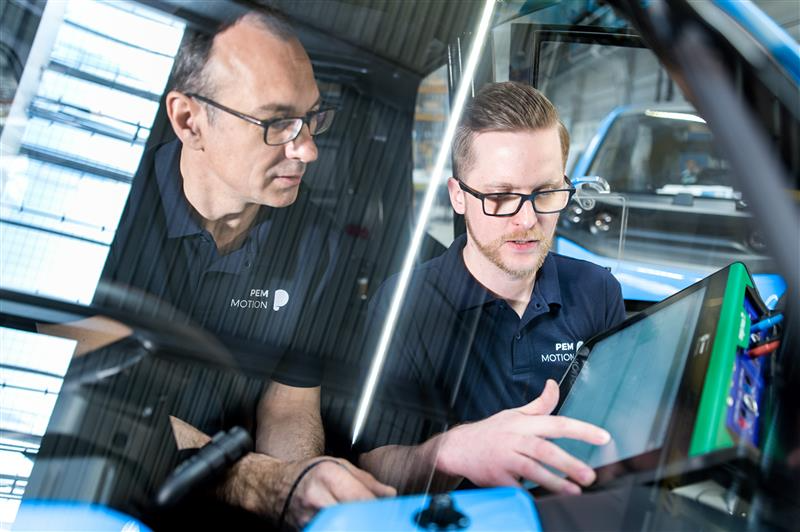Carbon footprint
Carbon footprint refers to the total greenhouse gas emissions caused directly and indirectly by human activities, measured in carbon dioxide equivalents (CO2e).
In the context of global climate change and the rapid growth of the battery industry, understanding carbon footprint is no longer optional but a strategic imperative for professionals driving innovation in electric vehicles (EVs) and energy storage. Carbon footprint is defined as the total amount of greenhouse gases, including carbon dioxide (CO2), methane (CH4), and nitrous oxide (N2O), emitted directly or indirectly by activities such as production, transportation, and energy use, expressed in equivalent tons of CO2. This metric serves as a cornerstone for assessing environmental impact, guiding sustainability efforts, and ensuring compliance with international standards, making it essential for battery manufacturers, component suppliers, OEMs, and EV producers to integrate into their operations.
Understanding Carbon Footprint
Carbon footprint encompasses a wide range of emissions sources, categorized under the Greenhouse Gas Protocol into three scopes: scope 1 covers direct emissions from owned or controlled sources, such as factory emissions; scope 2 includes indirect emissions from purchased electricity, heat, or steam; and scope 3 involves all other indirect emissions from the value chain, including raw material extraction, transportation, and end-of-life disposal. For battery industry professionals, scope 3 emissions often dominate due to complex global supply chains involving mining, processing, and logistics, highlighting the need for comprehensive lifecycle assessments (LCA) to accurately quantify and manage environmental impact.
Components and Measurement
The key components of carbon footprint include emissions from energy consumption, industrial processes, and waste management, with measurement typically conducted using standardized methodologies like LCA or carbon accounting frameworks. In battery technology, this involves calculating emissions from lithium and cobalt mining, cell manufacturing, assembly, distribution, use in EVs, and recycling. Accurate measurement enables companies to identify emission hotspots, set reduction targets, and report progress in line with regulations such as the EU Battery Regulation, which mandates carbon footprint disclosure for market access.
Importance in Sustainability and Compliance
Reducing carbon footprint is critical for mitigating climate change, enhancing corporate reputation, and meeting stakeholder expectations. In the battery sector, a lower footprint can lead to cost savings through energy efficiency, improved product lifecycle, and compliance with evolving standards like ISO 14064. Moreover, it aligns with global initiatives such as the Paris Agreement, driving innovation in low-carbon technologies and circular economy practices, which are vital for long-term competitiveness and risk management.
Carbon Footprint in Battery Manufacturing
The battery industry faces unique challenges in carbon footprint management due to the energy-intensive nature of production processes and the globalized supply chain. Lifecycle assessment (LCA) is a pivotal tool that provides a holistic view of emissions across all stages, from raw material extraction (cradle) to end-of-life treatment (grave). For instance, producing a lithium-ion battery can generate significant CO2 emissions during cell manufacturing, but the use phase in EVs may vary based on the energy source for charging, underscoring the importance of integrating renewable energy and efficient battery management systems (BMS) to minimize overall impact.
Lifecycle Assessment (LCA) of Batteries
LCA involves systematically evaluating emissions at each stage: material sourcing, processing, manufacturing, distribution, use, and disposal. In battery applications, this includes assessing the environmental cost of mining critical minerals, such as lithium and nickel, which can contribute to high scope 3 emissions if not sourced sustainably. By adopting LCA, companies can benchmark performance, identify improvement opportunities, and support decision-making for material selection and process optimization, ultimately reducing the carbon footprint while maintaining product quality and safety.
Key Emission Sources and Reduction Strategies
Major emission sources in battery production include electricity consumption in gigafactories, emissions from chemical processes, and transportation logistics. Strategies for reduction focus on energy efficiency, such as using renewable power sources like solar or wind, optimizing manufacturing workflows to cut waste, and implementing advanced BMS for better energy management in EVs. Additionally, material innovation, like developing silicon-anode batteries, can lower emissions by improving energy density and extending lifespan, while recycling and closed-loop systems recover valuable materials, reducing the need for virgin resource extraction and associated emissions.
Regulatory and Compliance Framework
Navigating the complex regulatory landscape is essential for battery industry professionals to ensure market access and avoid penalties. International standards, such as the UN Global Technical Regulations (GTR) for vehicle safety and ISO 14040 for LCA, require thorough testing, documentation, and carbon footprint reporting. Compliance not only demonstrates environmental stewardship but also builds trust with consumers and investors, facilitating entry into regulated markets like the European Union, where the Battery Directive imposes strict sustainability criteria.
International Standards and Testing Procedures
Key standards include ISO 14064 for greenhouse gas accounting and specific battery regulations that mandate emissions tracking and reduction targets. Testing procedures involve rigorous assessments for safety, performance, and environmental impact, such as cycle life testing and thermal runaway evaluations, which must be documented to prove adherence. This ensures that batteries meet reliability and sustainability benchmarks, reducing risks and enhancing product credibility in a competitive market.
Documentation and Compliance Management
Effective documentation involves maintaining records of emissions data, LCA reports, and compliance certificates, which are crucial for audits and certifications. Companies must streamline these processes to avoid delays and costs, leveraging digital tools and expert support to manage complex requirements. By doing so, they can proactively address regulatory changes, such as those under the EU's Circular Economy Action Plan, and integrate carbon footprint reduction into core business strategies.
In conclusion, managing carbon footprint is integral to the sustainable growth and innovation of the battery industry, enabling companies to reduce environmental impact, comply with global standards, and gain a competitive edge. Through lifecycle assessments, emission reduction strategies, and robust compliance frameworks, professionals can drive progress toward a low-carbon future. PEM Motion, as an international engineering and consulting partner for battery technology, supports battery manufacturers, component suppliers, OEMs, and EV producers in navigating these complex requirements. With key expertise in Battery Testing & Compliance, BMS Solutions, Training, and Operations Support, PEM Motion assists clients in streamlining testing procedures, managing documentation, and ensuring adherence to international standards, ultimately helping to minimize carbon footprint and achieve sustainability goals efficiently.
Our Focus
What we do

BATTERY Compliance
We ensure your batteries meet all compliance standards for safety and performance.

OPERATIONS & TRAINING
We empower your team with comprehensive training and operational consultation for battery technology and energy storage solutions.

BMS SOLUTIONS
We offer a wide range of Li-Ion battery solutions and Battery Management Systems for various industries.












